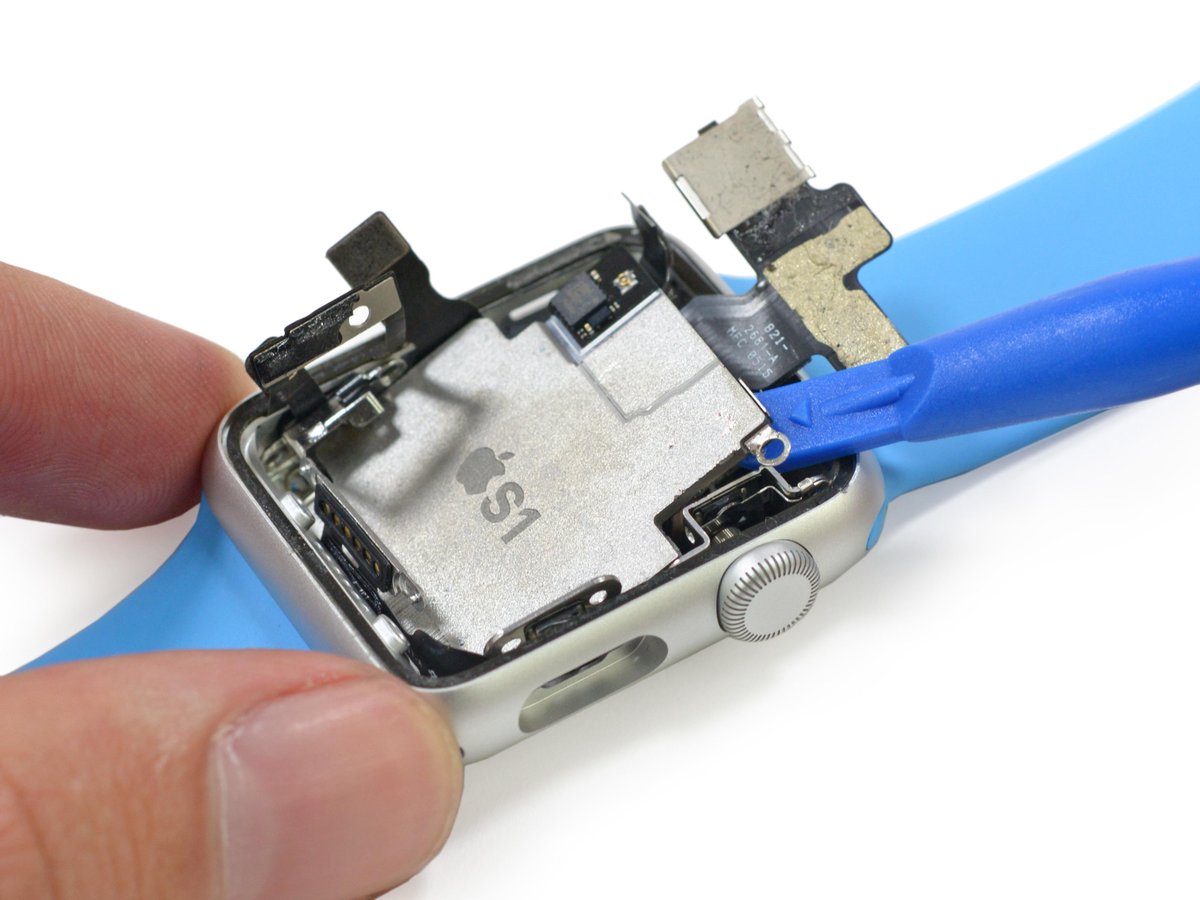Earlier this week I started to research the topic of disposable products and the costs that go with the products themselves. I found another blog that gave great insight to convenience of the extra cost that goes into products in order for them to be more friendly to the environment as well as where the costs go when paying more to reduce the amount of products used. In short, people will pay a little bit more money for a specific product knowing that it betters the environment. Whether that means the product is made from recycled materials, is reusable or has a longer lifespan. What the blog didn’t cover was what is the affect that the longer life has on the people who create the products and the manufacturing company who provides the products. People like to know they are doing better for the environment but in turn do not get to see that it may be putting people out of jobs or lose money for the manufacturer because they are no longer able to provide work for those people. What struck me as very interesting was the lack of interest people have in other people. A lot of folks who make up our community want to give back to the community but do not see how they are indirectly affecting people’s lives. This can be change through our project and how we are able to show our readers that we need to care more about the products and goods we consume. Not only so we need to care about the products and goods but we need to care about what goes into the business and production side of what we use.
In conclusion to what I read on the other blog as I was searching the topic the writer finished their post with a strong point that I would like to share. There are a lot of things that we can not put a price on. People’s future, job security and sustainable work environments are often overlooked when we should be focusing on caring for one another.















